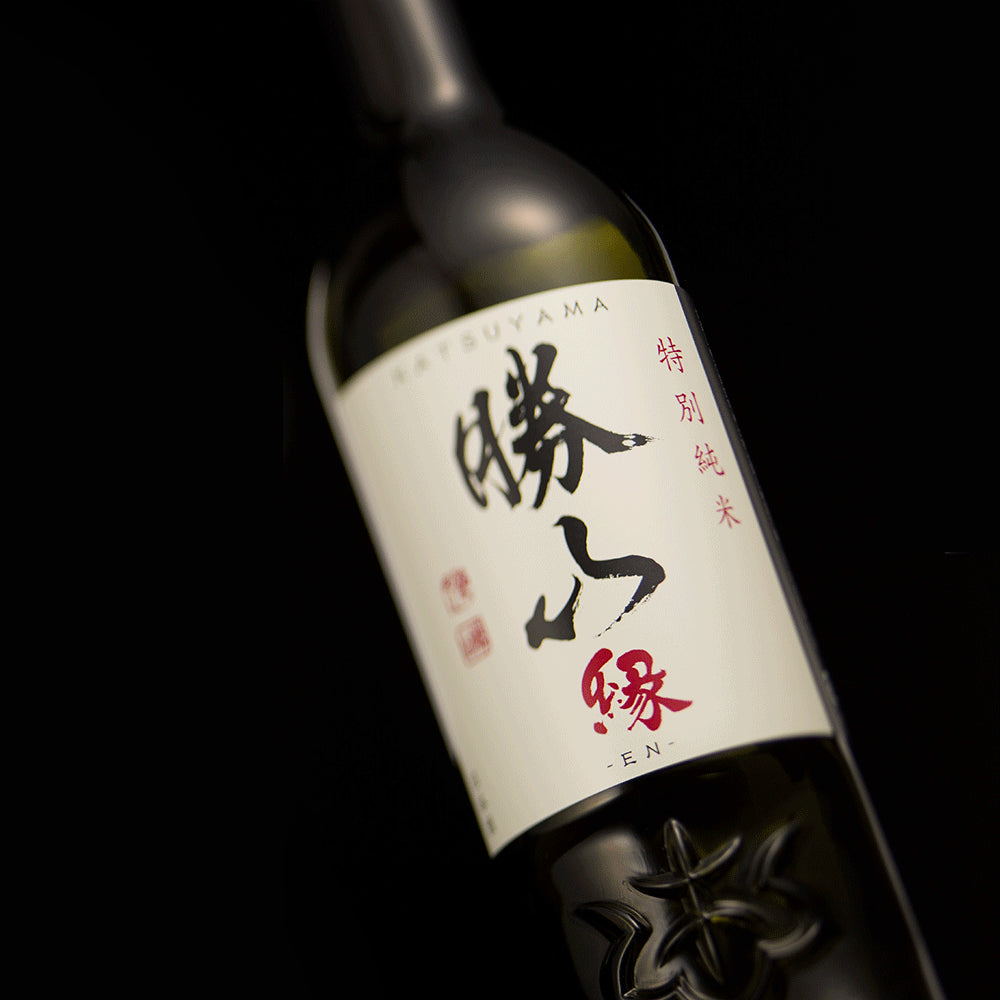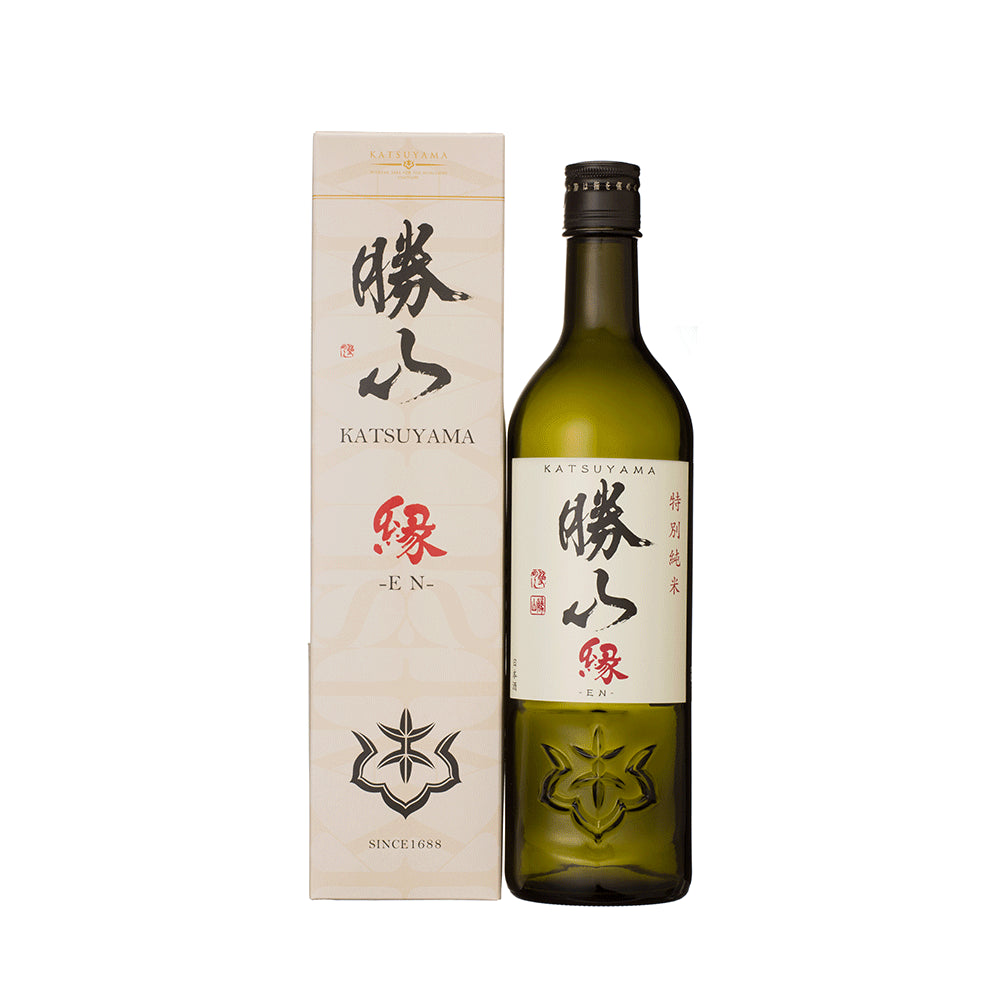-
 >
>
- Product list >
- Katsuyama En, Tokubetsu-junmai (720ml)
Katsuyama En, Tokubetsu-junmai (720ml)
詳しく見る
- *All prices shown are the product prices from the Japanpage:.
- *Product price can be shown in multiple currencies as reference values.
- *Payment should be made in Japanese yen.
- *After filling in delivery address, grand total (product price + shipping cost (packing + shipping + insurance) +tariffs & taxes) will be shown on the shipping cart page.
- *All prices shown are the product prices from the Japanpage:.
- *Product price can be shown in multiple currencies as reference values.
- *Payment should be made in Japanese yen.
- *After filling in delivery address, grand total (product price + shipping cost (packing + shipping + insurance) +tariffs & taxes) will be shown on the shipping cart page.
"Katsuyama En, Tokubetsu-junmai (720ml)" is a Japanese sake made from "Hitomebore," a premium variety of rice representative of Sendai, and brewed using a painstaking method. This method involves the idea of "limited water absorption" where the immersion time of the rice is intentionally shortened in order to avoid excess water absorption, as well as Fukuroshibori, a time-consuming process where the fermenting mash is packed firmly into bags and the essence allowed to be extracted drop by drop without the use of human hands. Tokubetsu-junmai is an authentic Sendai creation which was produced by the family brewery of Lord Date of Sendai Domain using local rice and water, which allows one to enjoy the pleasant aroma from the meticulous production process and the quality flavor of the rice used. The sake is named "En" , which symbolizes our wish to have a close and long-lasting relationship with all our customers.
About "Katsuyama"
Japanese sake "Katsuyama" inherits a tradition that has been established for more than 320 years. It is rumored that the origin of the name lies in the superstition that samurai won victories in heaps, and is associated with the "Katsuyama Chignon", a fashionable women's hairstyle in the early Edo period (17th century). It is a full-bodied sake made through a slow and luxurious preparation that involves producing only 1 tank per week, where the moromi (a mash of barley, barley koji, yeat and water) is carefully fermented.
Recommended temperature
- Atsukan (50 - 55℃)
- Jokan (45 - 50℃)
- Nurukan (30 - 40℃)
- Room temperature (15 - 20℃)
- Hanabie (10℃)
- Yukibie (5℃)
Type


Tag
Appearance
-
Clarity
Transparency
Hazy
-
Colour
Colorless
Dark brown
-
Intensity
Water
Deep
Nose characteristics
-
Intensity
Low
Strong
Taste characteristics
-
Light / Body
Light
Body
-
Sweet / Dry
Sweet
Dry
-
Simple / Complexity
Simple
Complexity
-
Acidity
Low
High
-
Umami
Low
High
-
Finish
Low finish
Long finish
Aroma and flavor
Detailed information
| Volume | 720ml |
|---|---|
| Size (L W H) | 8.5 x 8.5 x 29.5 cm |
| Weight | 1.2kg |
| Ingredients | Rice, Rice koji, Water |
| Region | Miyagi |
| Alcohol content | 15%vol. |
|
Sake Meter Value
|
+1 |
|
Acid level
|
+1.6 |
|
Polishing ratio
|
55% |









